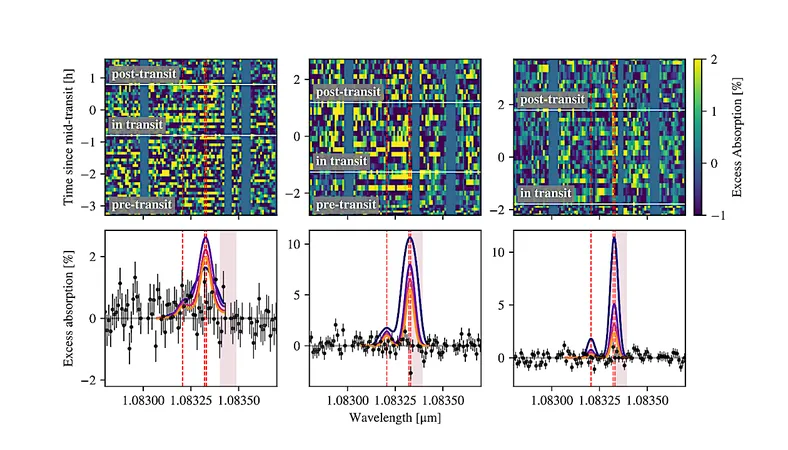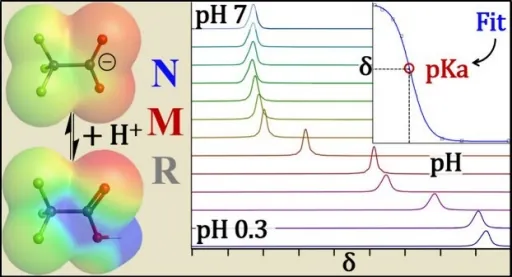
Scientists Dive Deep in the Alps to Unravel Dark Matter Mysteries
2025-09-04
Author: Nur
An Intriguing Quest for the Invisible
Deep within the French Alps, scientists are embarking on a groundbreaking mission to uncover the elusive nature of dark matter. While this mysterious substance can't be seen directly, its gravitational effects are evident throughout the universe, binding galaxies and moving stars in ways that defy our current understanding. Now, researchers are turning to innovative technology that acts like a camera to detect potential interactions with dark matter.
Revolutionary Detection Methods
Leading the charge is Professor Paolo Privitera from the University of Chicago, representing the DAMIC-M (DArk Matter In CCDs at Modane) collaboration. For decades, the hunt for dark matter has focused primarily on heavy candidates called WIMPs (Weakly Interacting Massive Particles), but these elusive entities have yet to be found, despite rigorous testing with massive detectors like those used at CERN.
A New Strategy: Focusing on Lightweight Particles
With hopes of diversifying the search, astrophysicists are now concentrating on lighter particles that possess far weaker interactions with matter. The DAMIC-M experiment operates at a remarkable depth of 5,000 feet underground, leveraging the protective embrace of the Alps to filter out cosmic rays and minimize interference.
Innovative Technology at Work
To catch these elusive signals, DAMIC-M employs advanced charge-coupled devices (CCDs), which not only capture light but can also track the minutest interactions of particles. The CCDs are thickened to increase mass for dark matter interactions and utilize a groundbreaking skipper readout technology to count individual electrons, aiming to spot any hints of dark matter collisions.
Progress and Promise
Initially, the experiment did not discover dark matter but effectively ruled out various candidates from the 'hidden sector'. Though just a prototype, their results outshine previous experiments in sensitivity, setting a precedence for future research.
Understanding the Cosmos: Freeze-in vs. Freeze-out
The implications of their findings stretch further into theories about the universe's evolution. Concepts like 'freeze-in' and 'freeze-out' explore how dark matter interacts with ordinary matter, shaping our understanding of its behavior post-Big Bang. The team’s preliminary results help refine predictions about potential hidden-sector properties.
Looking Ahead: A Larger Vision
Building on the success of their initial prototype, the full DAMIC-M experiment is slated to begin data collection in 2026. As researchers optimize shielding to reduce background noise, they aim to uncover secrets about both hidden-sector dark matter and potentially lighter WIMPs.
Privitera believes DAMIC-M could lead the way in unveiling the mysteries of dark matter for years to come. Stay tuned as scientists continue their deep dive into the darkest corners of the universe!



 Brasil (PT)
Brasil (PT)
 Canada (EN)
Canada (EN)
 Chile (ES)
Chile (ES)
 Česko (CS)
Česko (CS)
 대한민국 (KO)
대한민국 (KO)
 España (ES)
España (ES)
 France (FR)
France (FR)
 Hong Kong (EN)
Hong Kong (EN)
 Italia (IT)
Italia (IT)
 日本 (JA)
日本 (JA)
 Magyarország (HU)
Magyarország (HU)
 Norge (NO)
Norge (NO)
 Polska (PL)
Polska (PL)
 Schweiz (DE)
Schweiz (DE)
 Singapore (EN)
Singapore (EN)
 Sverige (SV)
Sverige (SV)
 Suomi (FI)
Suomi (FI)
 Türkiye (TR)
Türkiye (TR)
 الإمارات العربية المتحدة (AR)
الإمارات العربية المتحدة (AR)